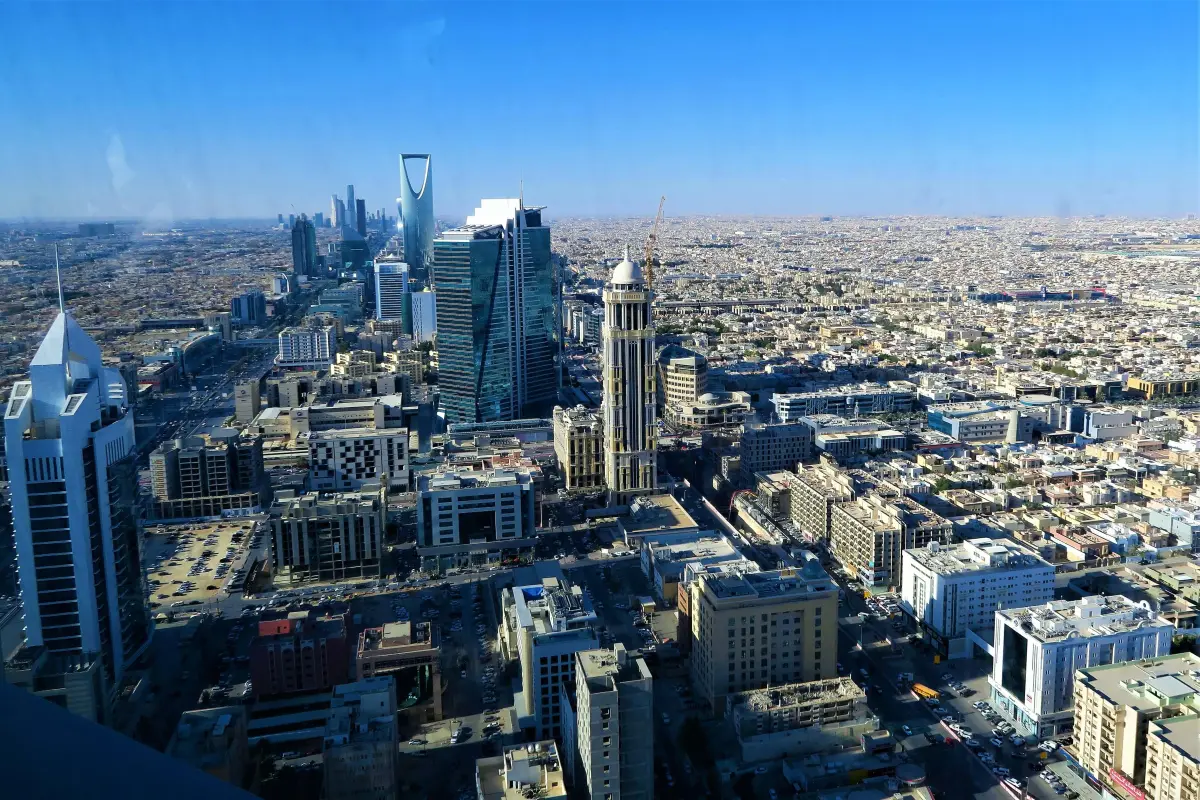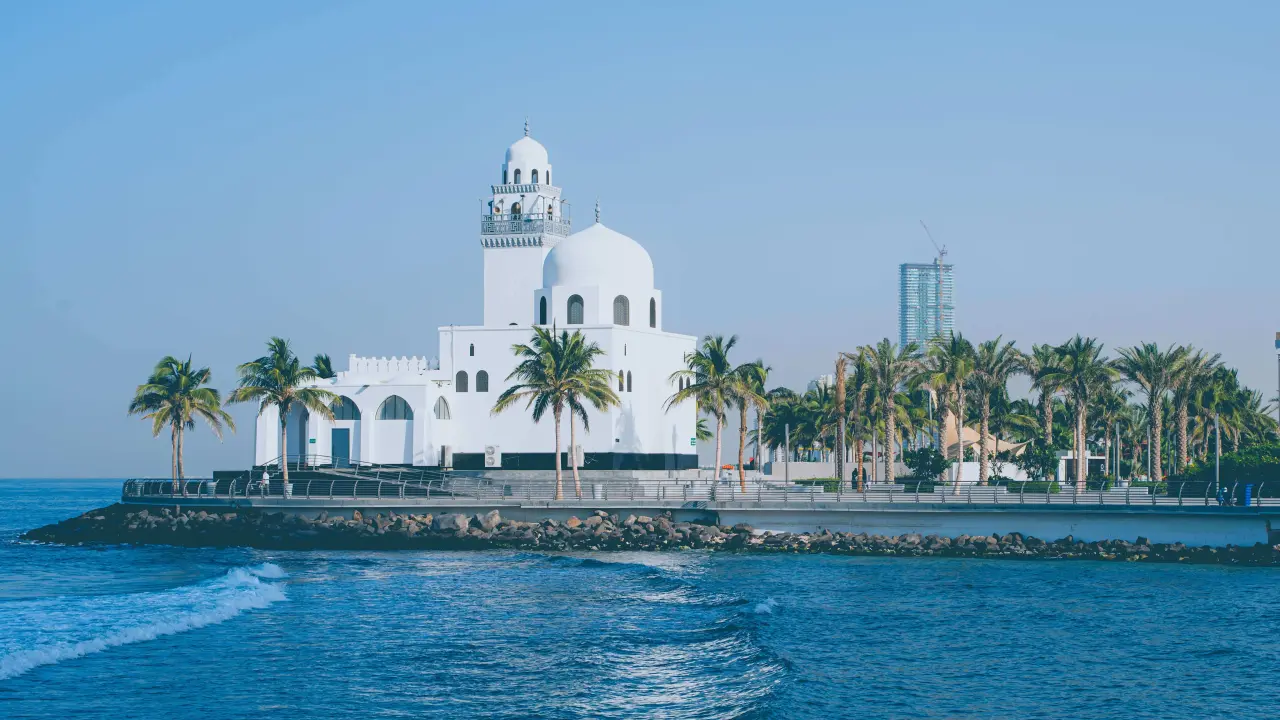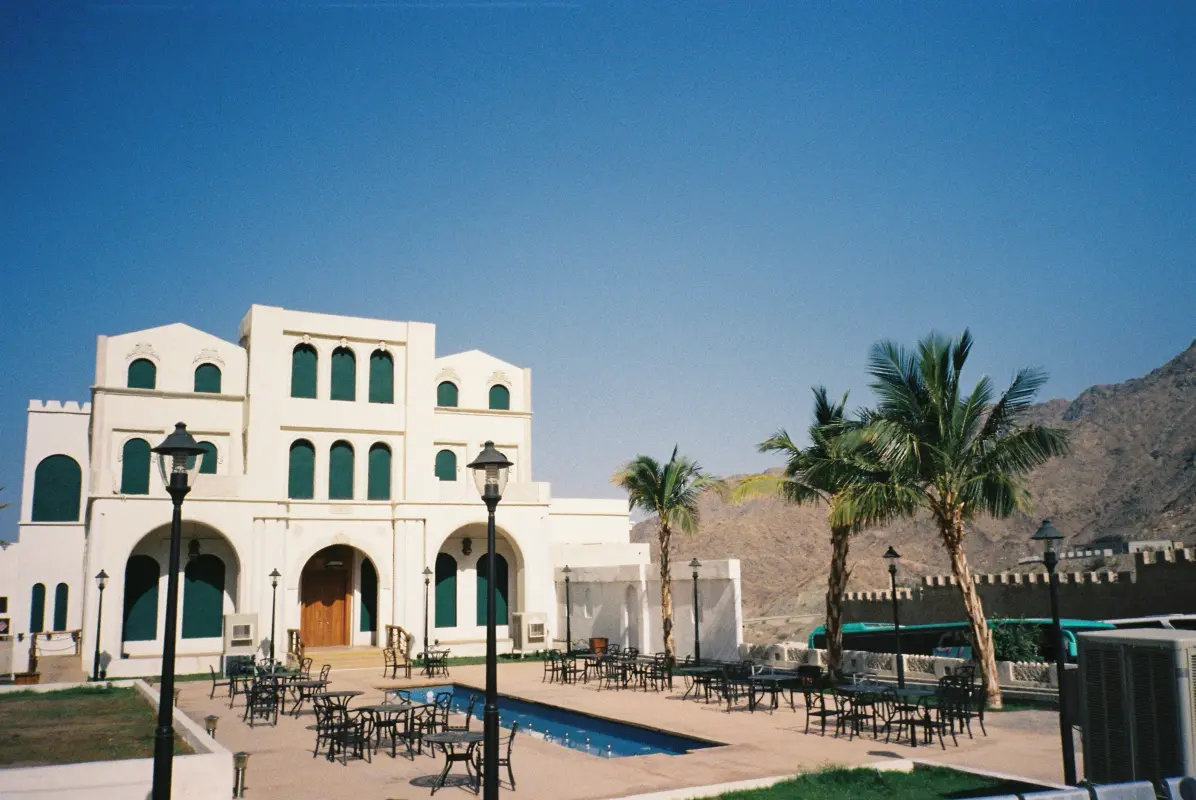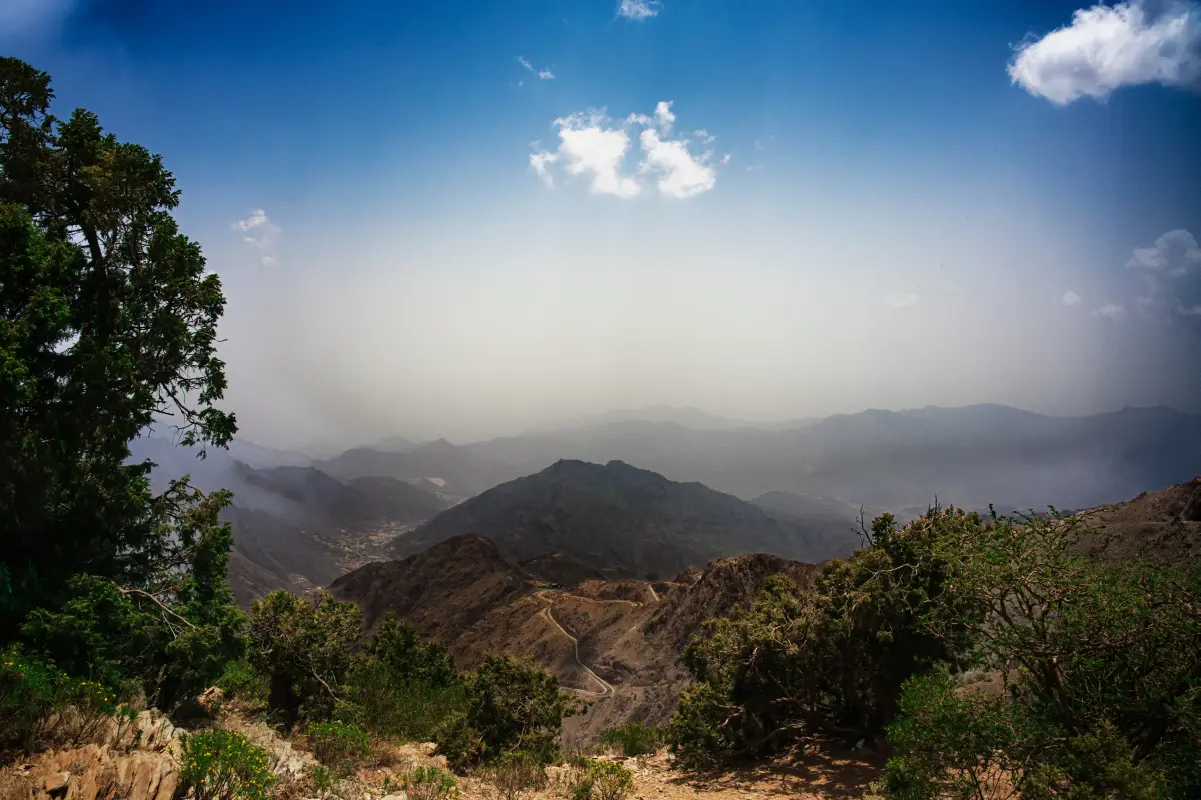Tourist Areas
-
Thematic Design: Establishing a cohesive and captivating theme is essential for tourist areas. The theme should reflect the local culture, history, or natural surroundings to create a sense of place. Whether it's a beach destination, historic town, or bustling city, the interior design should incorporate elements that evoke the essence of the location, such as local artwork, traditional materials, or iconic symbols.
- Way finding and Signage: Tourist areas can be expansive, so clear and intuitive way finding is crucial. Incorporate well-designed signage, maps, and directional cues to help visitors navigate the space easily. Consider using visually appealing signage that is both informative and aesthetically pleasing, ensuring that visitors can find their way to attractions, amenities, and points of interest.
- Public Spaces and Gathering Areas: Design public spaces that encourage social interaction and provide areas for relaxation. Incorporate seating areas, benches, or outdoor lounges where visitors can rest, enjoy the surroundings, and interact with each other. Pay attention to the arrangement of seating to create both intimate and communal spaces, considering factors such as shade, views, and accessibility.
- Green Spaces and Landscaping: Integrate green spaces and landscaping to provide a refreshing and natural environment within the tourist area. Consider incorporating well-maintained gardens, trees, flower beds, and water features to enhance the visual appeal and create inviting spaces for relaxation. Thoughtfully designed landscaping can also provide shade, improve air quality, and contribute to a sustainable and eco-friendly atmosphere.
- Iconic Landmarks and Structures: Tourist areas often feature iconic landmarks or structures that attract visitors. Highlight these elements through thoughtful lighting, signage, or architectural enhancements. Illuminate landmarks to create a dramatic effect at night, use informative plaques to provide historical context, or incorporate interactive elements that allow visitors to learn more about the significance of these landmarks.
- Retail and Dining Spaces: Design inviting retail and dining spaces that offer a range of options for visitors. Consider incorporating a mix of local boutiques, souvenir shops, and eateries that showcase the culture, craftsmanship, and culinary delights of the destination. Use attractive storefronts, enticing window displays, and outdoor dining areas to create an inviting atmosphere and entice visitors to explore and indulge.
- Cultural and Educational Spaces: Tourist areas often include cultural and educational attractions such as museums, art galleries, or heritage centers. Design these spaces to engage and educate visitors by incorporating interactive exhibits, immersive displays, and multimedia presentations. Consider the flow of visitors, accessibility, and the integration of technology to enhance the visitor experience.
- Entertainment and Event Spaces: Tourist areas often host events, festivals, or live performances. Design versatile event spaces that can accommodate various activities and provide a stage for entertainment. Consider flexible seating arrangements, outdoor performance areas, or covered pavilions that can adapt to different event types and sizes.
- Safety and Accessibility: Ensure that the tourist area is safe and accessible for all visitors. Incorporate well-lit pathways, clear signage for emergency exits, and accessible ramps or elevators where necessary. Design public restrooms, seating areas, and amenities that cater to the needs of diverse visitors, including families, individuals with disabilities, and the elderly.
- Sustainability Considerations: Embrace sustainable design practices in the tourist area. Use energy-efficient lighting systems, incorporate recycling stations, and prioritize local and eco-friendly materials. Design green roofs or walls, incorporate rainwater harvesting systems, and promote sustainable transportation options to minimize the environmental impact of the tourist area.
By considering these key elements, Buildeey can create engaging and functional tourist areas that enhance the overall visitor experience. A well-designed tourist area not only attracts visitors but also supports the local economy, promotes the destination's unique character, and leaves a lasting impression on visitors. For consultation call us, drop us an email.
Tourism in Saudi Arabia: Explore Best Tourist Areas in Saudi Arabia
Saudi Arabia is a country rich in cultural heritage, natural beauty, and historical significance. In recent years, the Kingdom has made significant efforts to promote tourism and open up its attractions to visitors from around the world. Here are some of the best tourist areas in Saudi Arabia:
1. Riyadh: The capital city of Saudi Arabia offers a blend of modernity and tradition. Visit the historic Masmak Fortress, explore the vibrant local markets like Souq Al Zal, and marvel at the stunning architecture of the King Abdulaziz Historical Center. Don't miss a visit to the National Museum, showcasing the country's rich history and culture.

2. Jeddah: Known as the "Bride of the Red Sea," Jeddah is a bustling coastal city with a unique blend of ancient and contemporary charm. Explore the historic district of Al-Balad, a UNESCO World Heritage site, featuring traditional houses, bustling souks, and ornate mosques. The waterfront area of Corniche offers beautiful views, waterfront promenades, and vibrant cafes and restaurants.

3. Mecca: As the holiest city in Islam, Mecca attracts millions of Muslims every year for the Hajj pilgrimage. Non-Muslims are not permitted in the holy sites of Mecca, but the city is still worth a visit for its rich cultural and historical significance.

4. Madinah: Another sacred city in Islam, Madinah is home to the Prophet's Mosque (Al-Masjid an-Nabawi). Pilgrims and tourists visit to pay their respects and experience the serene atmosphere of the mosque. The Quba Mosque and the historical Qiblatain Mosque are also popular attractions.

5. Al-Ula: Located in the northwestern part of the country, Al-Ula is a hidden gem with breathtaking natural landscapes and ancient archaeological sites. Explore the UNESCO World Heritage site of Madain Saleh, an ancient Nabatean city carved into the rock cliffs. The Elephant Rock, an iconic natural rock formation, is also a must-see.

6. Taif: Known as the "City of Roses," Taif is a mountainous city famous for its pleasant climate, beautiful gardens, and aromatic rose fields. Visit the Shubra Palace, explore the Al-Hada Mountains, and enjoy the cool weather and scenic views.

7. Abha: Located in the Asir Province, Abha is known for its stunning landscapes and moderate climate. The Asir National Park offers hiking trails, panoramic views, and diverse wildlife. Don't miss the traditional villages of Habala and Rijal Alma, known for their unique architecture and cultural heritage.

8. Dammam and the Eastern Province: Explore the vibrant city of Dammam and its bustling corniche. Discover the picturesque Half Moon Bay, a popular beach destination, and visit the King Fahd Causeway, which connects Saudi Arabia to Bahrain.

These are just a few of the many incredible tourist areas in Saudi Arabia. The country's rich history, diverse landscapes, and cultural heritage offer a wide range of experiences for travelers seeking to explore and immerse themselves in the beauty of this fascinating destination.



